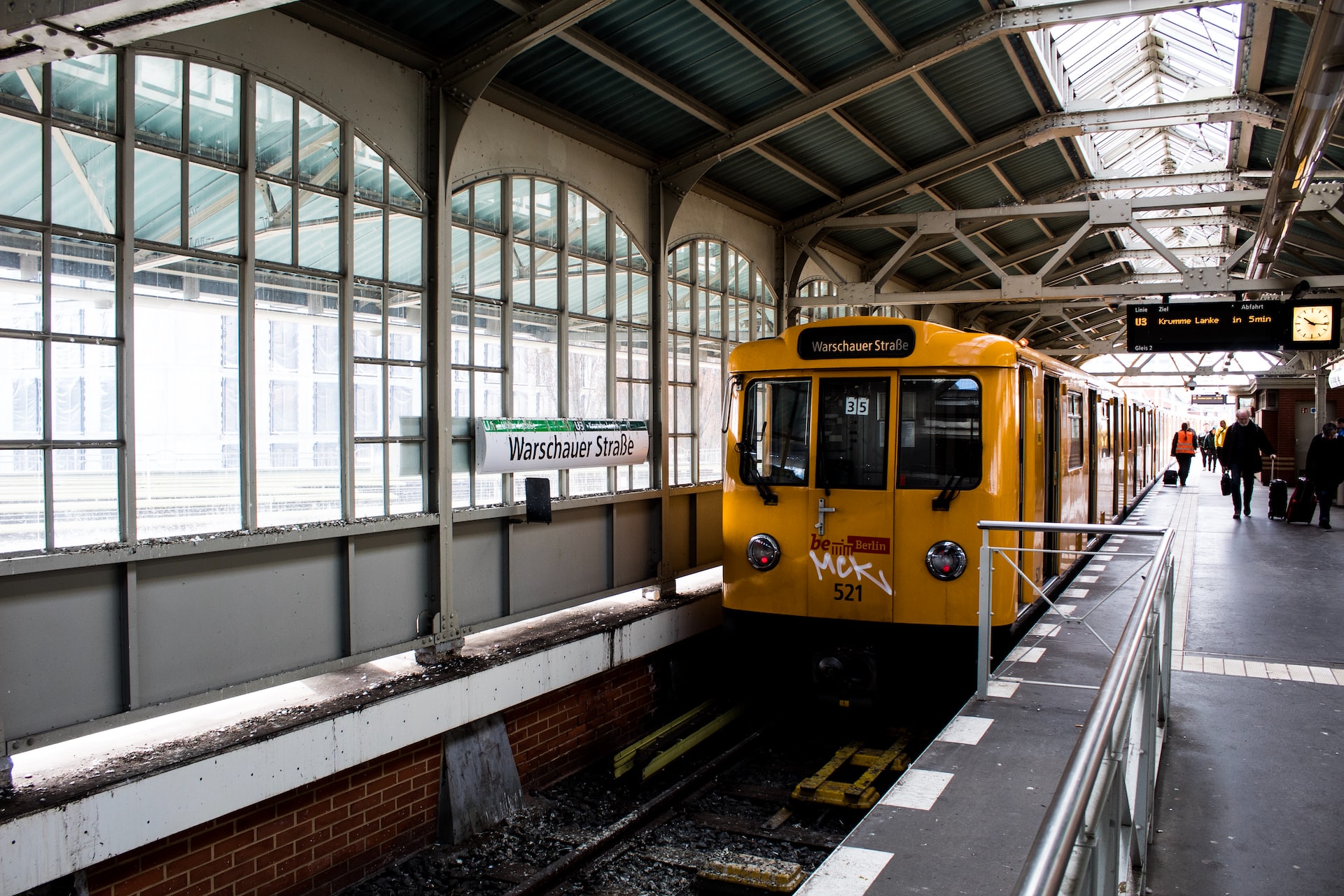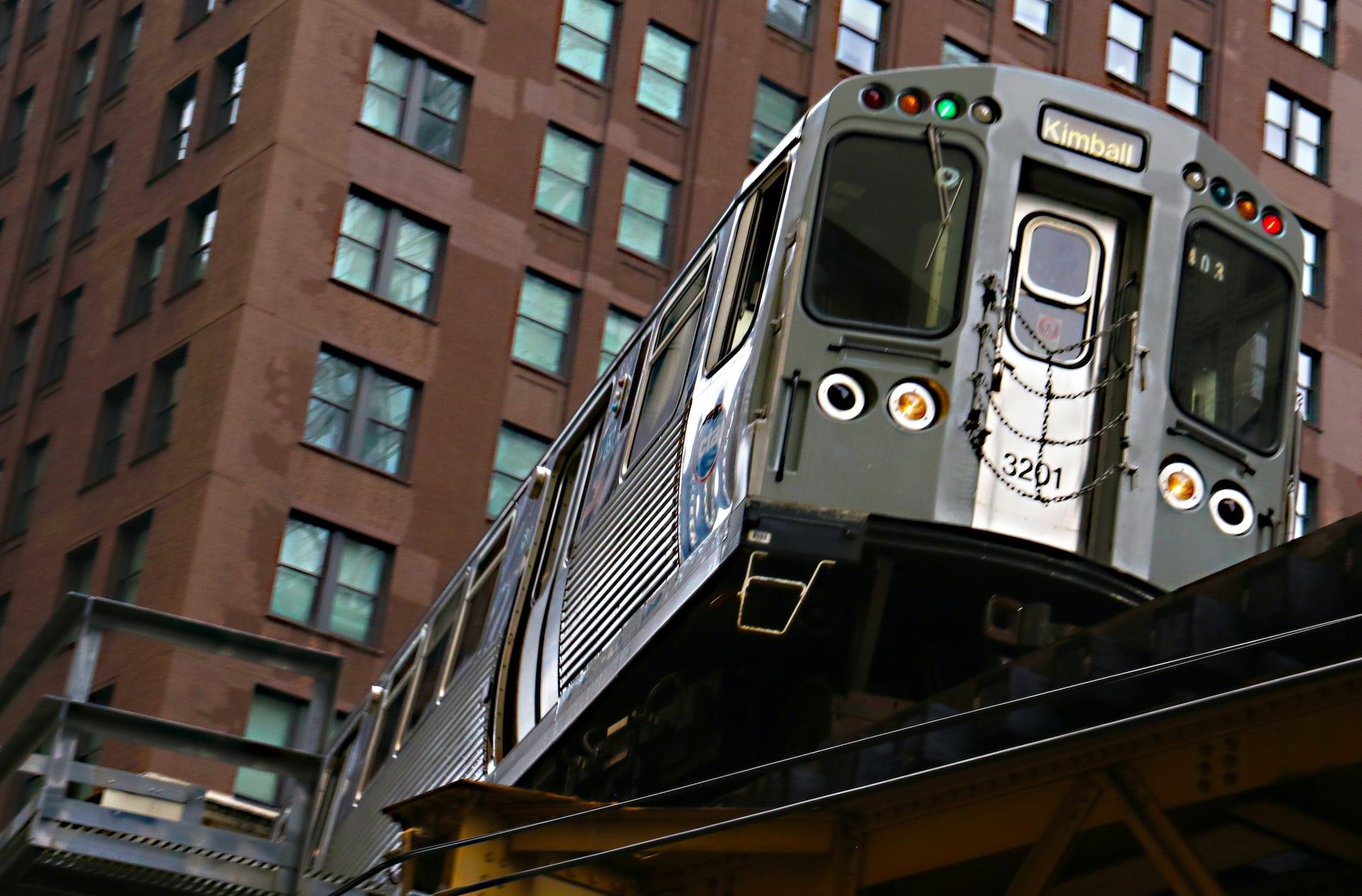Transportation in Boston is a vital aspect of daily life for residents and visitors alike, and with its bustling streets, public transportation system, and numerous options for getting in and around the city, it can be a bit overwhelming for those who are unfamiliar with the area. However, with a bit of knowledge and planning, navigating Boston’s transportation options can be a breeze.
When it comes to getting to Boston from other major cities in the country, there are a variety of options available. For those traveling by plane, Boston Logan International Airport is the primary airport serving the city and offers flights from destinations all over the country. From there, visitors can take a taxi, ride-sharing service, or public transportation to their final destination. Those traveling by train can take Amtrak’s Northeast Regional service, which stops at Boston’s South Station, or the MBTA Commuter Rail, which has several stops in and around the city. For those traveling by bus, Boston’s South Station and Back Bay Station both offer service from multiple bus companies, including Greyhound and Peter Pan.
Once in Boston, there are several options for getting around the city. The most popular and extensive option is the Massachusetts Bay Transportation Authority (MBTA), also known as the “T,” which includes subway, bus, and commuter rail service. The T is a cost-effective and convenient option for getting around the city, but it can get crowded during peak hours. Additionally, the city offers bike-sharing and electric scooter rentals, as well as the option to use ride-sharing services such as Uber and Lyft.
While transportation in Boston is relatively easy to use, it can be expensive. The MBTA offers a CharlieCard, which is a contactless smart card that can be used to pay for fares on the subway, bus, and commuter rail. Single rides, subway passes, and bus passes can also be purchased with cash or credit/debit cards. However, the cost of transportation can add up quickly, especially for those who are commuting or traveling frequently.
Safety is also a concern when it comes to transportation in Boston. The city’s public transportation system is generally considered safe, but as with any urban area, it’s important to be aware of your surroundings and take precautions to protect yourself and your belongings. Ride-sharing services are also generally safe, but it’s always a good idea to check the driver’s rating and reviews before getting in the car. When it comes to biking or scootering, it’s important to follow the rules of the road and wear proper safety gear.
In conclusion, transportation in Boston is a vital aspect of daily life for residents and visitors alike. The city offers a variety of options for getting in and around the city, including public transportation, ride-sharing services, bike-sharing and electric scooters rentals. It can be expensive, but it is generally safe, convenient and easy to use. With a bit of knowledge and planning, navigating Boston’s transportation options can be a breeze.



